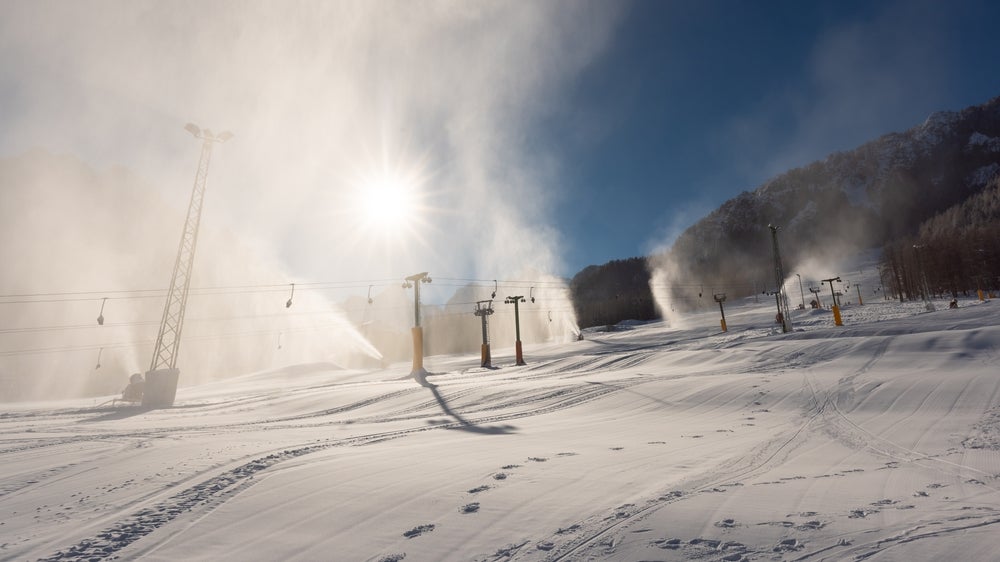Following the deaths of five seasoned backcountry skiers in January 2023, Avalanche Canada warned of an unpredictable snowpack in British Columbia (BC), with various weak layers brought about by unseasonably long periods of drought and cold conditions.
The statement adds that in the past ten years, about three-quarters of all Canadian avalanche fatalities occurred in BC.
According to European Avalanche Warning Services (EAWS), “avalanches claim an average of 100 lives in Europe every year”. Most notable was the Easter Day avalanche of 2023 in the French Alps, when a massive 500 metre wide slide was triggered despite the avalanche risk factor being estimated as a relatively safe 2/5. It killed six people.
Avalanches are triggered by complex, rapidly changing variables. Some of these include high winds, heavy rain, or the sudden onset of sunshine. Climate change is further complicating the picture. While the general prognosis is that ski seasons will continue to shorten and low-altitude resorts will struggle to remain open, there are concerns that rising temperatures will make avalanche forecasting harder, potentially causing more fatalities.
2023 marks the hottest calendar year since global temperature records began in 1850. Climate change and global warming are raising temperatures around the world. The Alps, the world’s number one ski destination, experienced record-breaking temperatures in the 2022-2023 winter season, up to 20.9C (70F), around 19C above seasonal averages, in northwest Switzerland.
A 2017 study by the Institute for Snow and Avalanche Research shows that if global temperatures rise in line with realistic projections, the Alps could lose up to 70% of their snow cover by 2100. The study also predicts that the world is on track for an average of 2.7C (4.9F) of warming by 2100. However, if the global temperature rise is kept below 2C (3.6F), the reduction in snow cover could be limited to 30%.
Winter tourism is a critical economic sector in mountain areas and Alpine resorts, such as Tignes in France, which depend on glaciers for snow cover and water supply. The current ski vacation sector was estimated at $5bn in 2022, projected to triple in value to $15bn in 2032.
Snow is not just a crucial factor for winter tourism, but also for the evolution of permafrost in the high Alpine regions. Unless protected by a deep snowpack in the spring and summer, this permafrost risks melting in a warmer climate.
How ski areas are future-proofing their resorts
Rising temperatures and decreased snowfall are forcing low-latitude or low-altitude ski areas to close permanently. Ski seasons are becoming shorter, and slopes are melting as temperatures rise.
Ski industries in many regions rely on artificial snowmaking to extend the ski season. Although helpful today, in the future, snowmaking will not be sufficient to solve the problem of shortening ski seasons. Artificial snowmaking requires sub-zero temperatures, a lot of fresh water, and greater energy input.
Reduction in seasonal snowfall has forced many resorts to consider alternative winter activities such as off-road ‘fat’ biking on glaciers. In Switzerland’s Anzère, efforts are being made to future-proof the resort—such as investing more in bike trails, climbing routes, and walking paths.
As well as jeopardizing vital seasonal tourism, climate factors such as early-season extreme temperature swings, wind, and rain also create slippery ice layers that destabilize the snowpack and increase the risk of avalanches.
How ski resorts and researchers use technology to mitigate avalanche risk
In 2019, the French resort of Val Thorens launched a pioneering drone program to defend against the rising threat of increasing avalanches. The DJI Matrice 210 drone patrols avalanche terrain, drastically reducing search and rescue times compared to traditional methods.
Since the 1990s, automatic, solar-powered weather stations have enabled access to real-time weather data. Feeding this data through to sophisticated analytical models, whose output is analysed by AI, the models, which are trained on historical data from a vast network of IoT-enabled weatherproof webcams, improve yearly, as more data is fed into them. Ultimately, climate change means that more than ever, you ski at your own risk.








